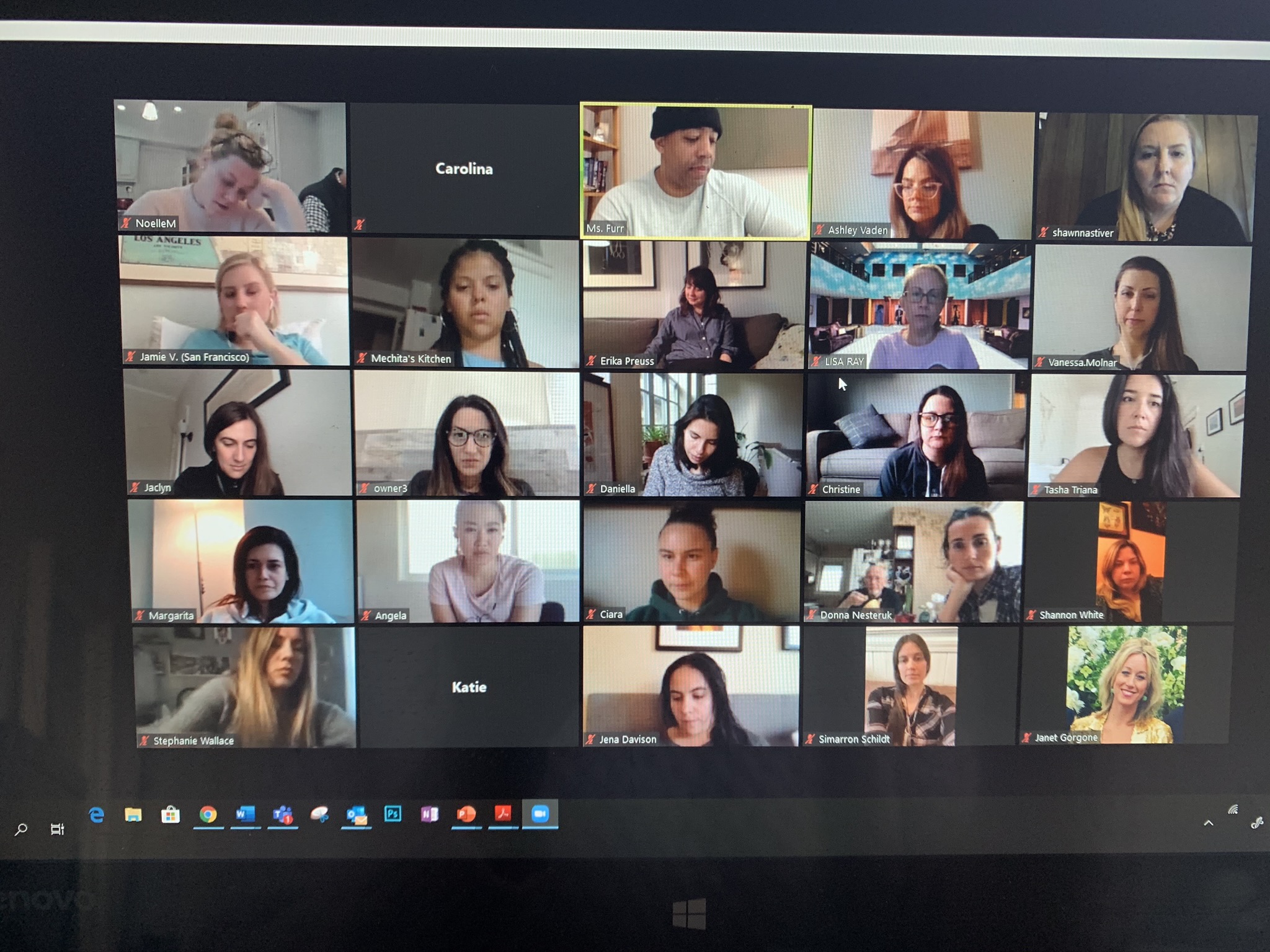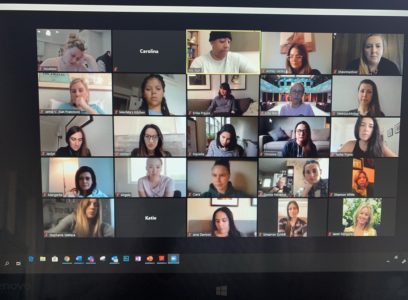Explaining how the world has adapted to a new way of working.

Since the start of the spread of COVID-19 the world has needed to adjust to a new normal: social distancing. As a part of this new way of living, a big experiment in the history of teleworking has been articulated worldwide.
For some, teleworking is a new reality, but it is not a new practice. COVID-19 has stopped the world, but not literally. Some companies are keeping their day to day activities online. With different contexts, people are teleworking from their homes, facing new challenges on how to organize their day to day, how to cope with multi-tasks like home-schooling kids, maintaining a house, and also maintaining their jobs.
Back in 2018, a Forbes article anticipated that 50% of the U.S workforce was going to be remote, adding that “employees that spend three to four days working off-site feel the most engaged with their teams.” And besides all the data and research studies, before the COVID-19 crisis, some organizations still believed that working from home involved a decrease in the levels of productivity.
But the data shows otherwise. Stanford professor Nicholas Bloom in his TED talk “Go Ahead, tell your Boss you are working from home,” explained the details of his two years research study. His results about productivity in working from home shows an improvement of 13% in performance. In his words: “we found massive improvements, huge, it is almost one day a week, and it comes from two things. One is people working from home the full shift. The second factor is that it is much easier to concentrate at home because the office is an amazingly noisy environment”.
So with these results, it is not very easy to understand why we are so strict about still going to offices. Professor Bloom explained that this behavior had its origins in the First Industrial Revolution when people moved to the cities to leave near the factories. But times have changed, and now technologies and communications allow us to be connected and to perform our daily tasks from anywhere.
So why should we need to return to our offices?
For DC resident Laura Natera it has been a challenging experience in the beginning, but it has a lot of positive aspects. Natera has been teleworking from a month and a half now, as part of the social distancing measures her company took.
“Working from home is something that is not strange for many people, including me. This extended telework has been challenging.” It is crucial to find a new routine. Being constrained in one place can be challenging. But it is essential to remain very positive.
Laura Natera, DC resident.
She believes that the exercise of teleworking has been good for all of us, because “it has given us the possibility to walk into everyone’s house. By teleworking, we get to see a side of people that we haven’t seen before. Actually, this side makes us admire our colleagues more. While they are doing meetings, there is a little hand popping in, or a little toy. They are mums and dads, while they are also workers, while they are also the teachers of the kids.“
The future is still uncertain about having solid conclusions, but we do know that teleworking is more accepted than before, and besides the facts and data, now we can say the “real drill” shows us we can thrive as a society with this modality. We would see how companies and governments will adopt this way of working. But one thing we can say is that teleworking of working from home (WFH) is here to stay.

